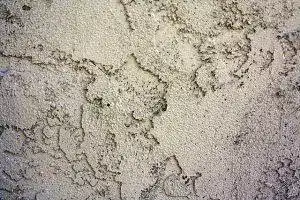Stucco Inspection for Hairline Cracks in West Chester
Yes, minor hairline cracking is stucco is very common and should be expected with a stucco application. In modern stucco applications there are steps taken to minimize cracking. First, there are control joints installed in sections that exceed 144 square feet in size. Next, there are expansion joints installed around windows and doors that will absorb the differential movement, thereby preventing stress cracks.

Stucco Inspection Can Help Determine if the Cracks are a Major or Minor problem
When is cracking bad? In some cases excessive cracking can be a sign of installation defects. Hard coat stucco applied when temperatures dip below 40 degrees can tend to crack excessively. In high temperatures, stucco should be misted with water so the moisture does not evaporate too quickly during the curing process.
It is also not a good sign when the cracks are more than hairline fractures. Heaving or bowing of the stucco can mean there are bigger issues. The most common problem with stucco over wood construction is leaking. With this problem, moisture penetrates the building paper and causes wood rot and mold formation. The only way to identify if this condition exists is to perform an invasive stucco inspection in West Chester and surrounding areas.
Stucco Safe inspects stucco clad homes. During our inspections, we can identify if there are hidden issues behind the stucco system. We can also identify if there is normal surface cracking which indicates no greater issue. We do this by inserting a moisture meter through the stucco into the wooden components behind. This helps us understand if there are moisture issues behind the stucco system.
Find our more about what a “stucco inspection” entails here What’s Involved in a Stucco Inspection?
After A Stucco Inspection you will know how to proceed.
For minor cracking, paint with a high perm rate can be used. The paint will fill in minor hairline cracks. If there is moisture or wood rot behind the stucco, it will likely need to be removed so that remediation can be performed.

